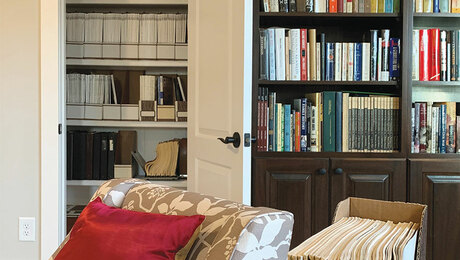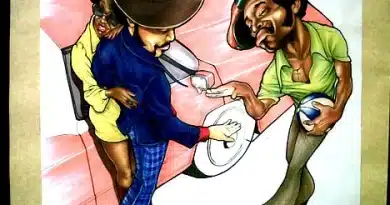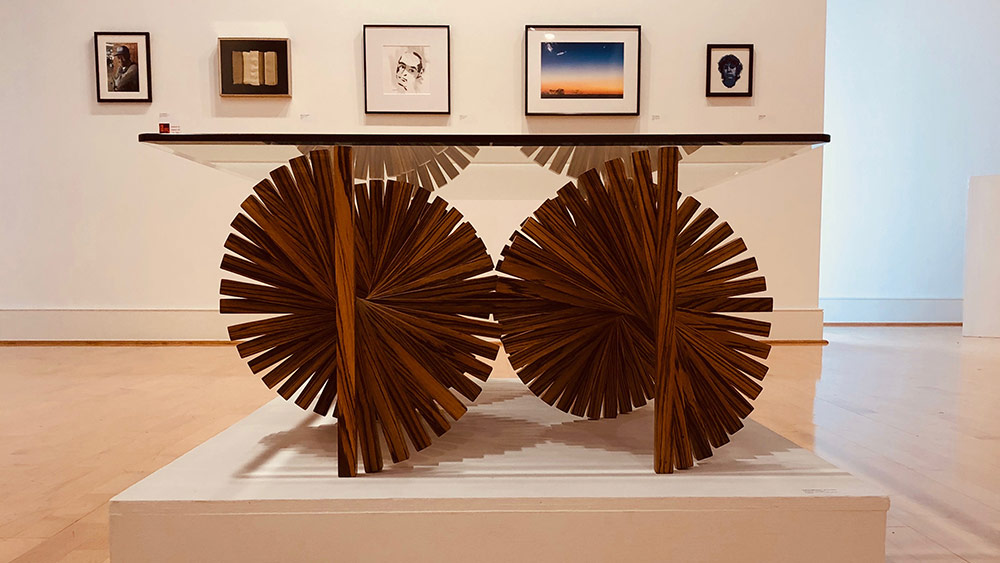From the Editor: Looking Back, Looking Forward
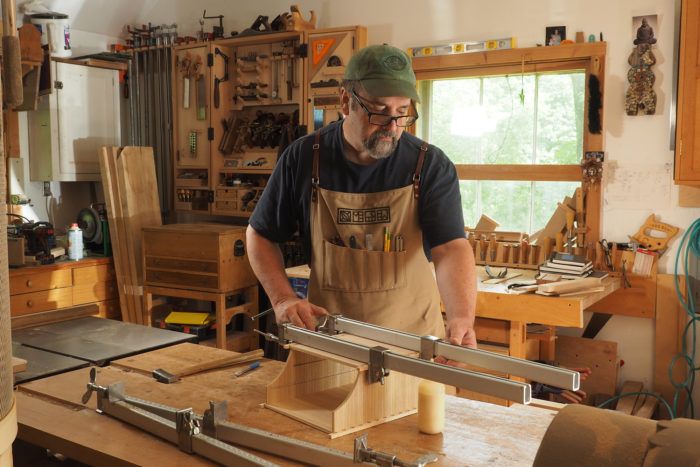
Looking back, looking forward
The more things change, the more they stay the same. Anything that has endured for 50 years, as Fine Woodworking has, definitely has survived a lot of change. And that is worth a celebration.
However, I don’t think the simple fact of being around for 50 years is what we should be celebrating. More exciting to me is the nature of the craft and the magazine’s mission to create a place for discourse, a place to be inspired and get the information necessary to make the things you want to make.
A key reason Fine Woodworking has remained relevant is that the magazine provides a clearinghouse for ideas, from the wisdom of masters who have dedicated their lives to the craft, to the insights of thoughtful, curious, impassioned amateurs toiling away in their shops. Together our voices create a community, one that has been thriving far longer than the connectivity afforded by the internet and social media.
In writing this letter, I struggled to make it more than just a personal reminiscence. But as I thought about our 50 years, I concluded that the personal connection each of us has to the magazine is the essence of its enduring value.
When I was an aspiring furniture maker in college, Fine Woodworking identified what I hoped to be. It embodied the ethos that was so difficult to articulate to others when trying to explain why I was making sawdust in college rather than pursuing a business degree.
Our founder, Paul Roman, knew the value of that personal connection. Rather than rely on an editorial staff to create content, Paul looked to fellow woodworkers for the information that had been so hard to come by when he was learning the craft.
Because of this initial vision, the identity of the magazine continued to evolve as more woodworkers contributed their insights and experiences. It’s odd to consider that I have been involved with Fine Woodworking for over half of its lifespan, and yet I have never stopped being surprised by how much the craft has to offer.
There is always something else to learn, some new technique to explore. And with every new author featured in its pages, the magazine reinvents and renews itself. The fact that Fine Woodworking is a reader-written magazine means that all of us, whether we are veterans or new to the craft, have a voice to lend to the conversation.
And in that dialogue, the magazine has been able to move forward while staying firmly linked to tradition—creating a timeline and a family tree that includes us all.
Here’s to 50 more years of reinvention and renewal, whatever they may bring. I extend my sincerest thanks to everyone who has contributed to the magazine, from the current staff to past editors, and the countless authors who have generously shared their knowledge. You are the reason why I am still excited to get to work every day.

Anniversary Cover
Choosing the cover image for any regular issue can be a challenge. There are many aspects to consider—from the subject matter to the composition, to the quality of the photo. For the cover of an anniversary issue, the aspects are a little more challenging.
I aim for an image that conveys the core identity of the magazine but also feels celebratory. Ideally, the result is a cover that stands apart from that of a typical issue. For our 25th anniversary issue, we commissioned a beautiful oil painting featuring, of all things, the cutting of a dovetail.
For the recent 50th anniversary issue, I started by searching the content of the issue to find some contenders. While the project articles offered some wonderful options, nothing felt appropriate for an anniversary image. Hoping for inspiration, I thought back to our first cover, which featured an image of a piece that wasn’t furniture at all. Instead, the black-and-white photo was of a segmented turning.
With that in mind, I took another tour through the issue and came across the work of Alison Croney Moses, who appears in an article on up-and-coming makers. Her sculptural work consists of bent laminations and coopered construction, elements that reminded me of the checkered bowls of Irving Fischman which graced the inaugural cover.
While an artistic piece is often reserved for the back cover, I felt that Alison’s sculpture created a connection with our past, uniting the rich heritage of the magazine with our aim of continually moving forward. To top it off, the striking photo had just the special quality I was hoping for to celebrate a special occasion. I hope you enjoy it as well!
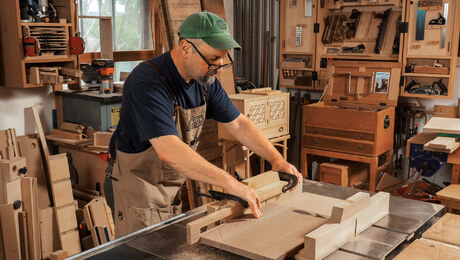
Mike Pekovich’s shop, a decade later
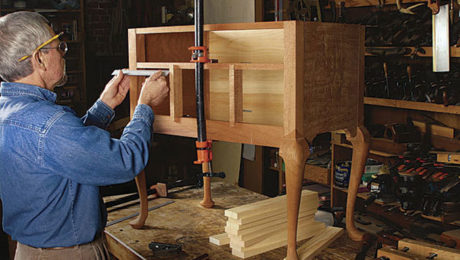
Benchmarks: Mike Pekovich’s Strategies for Success
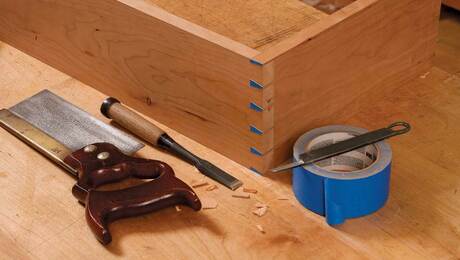
How to Cut Perfect Dovetails with Tape
Sign up for eletters today and get the latest techniques and how-to from Fine Woodworking, plus special offers.
Download FREE PDF
when you enter your email address below.


